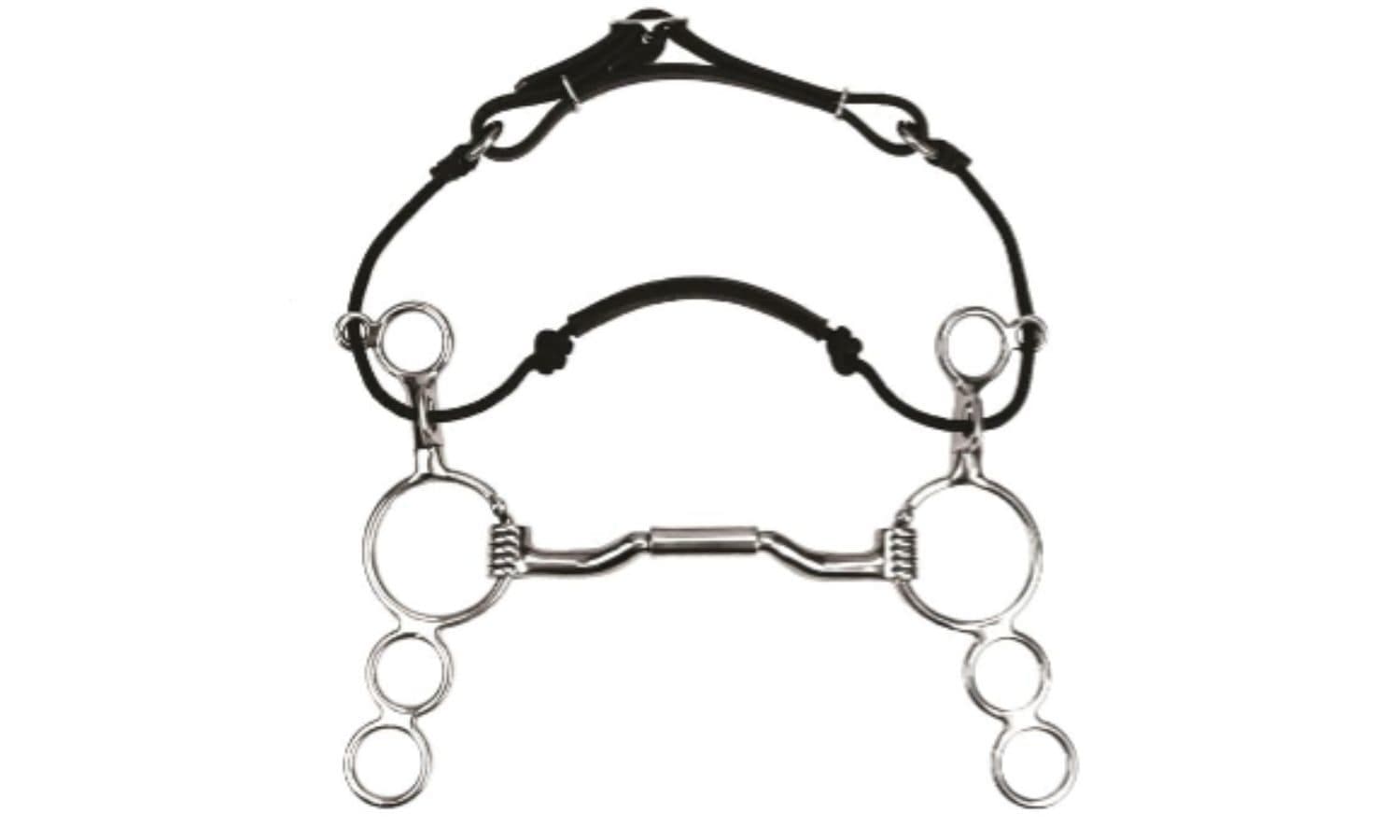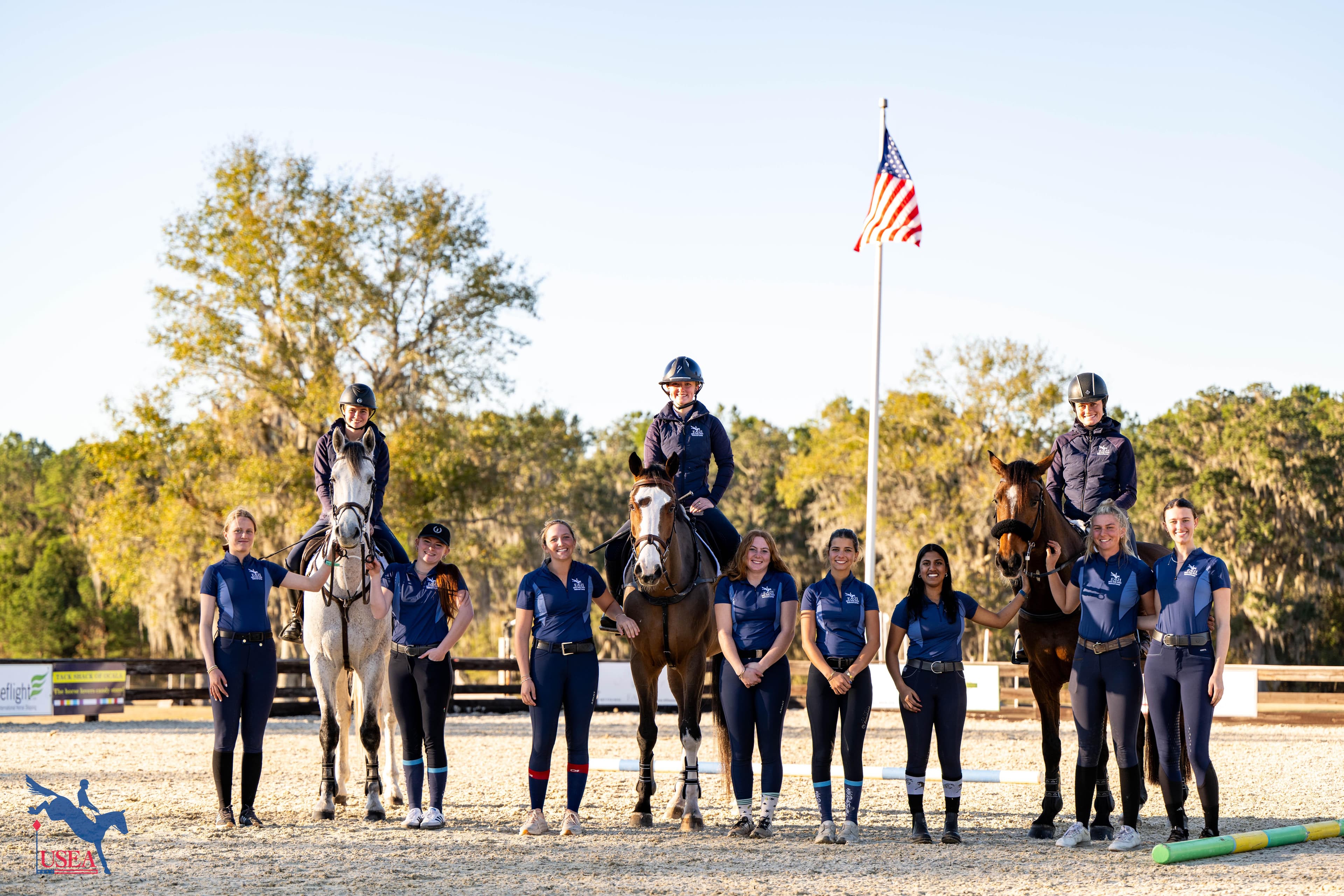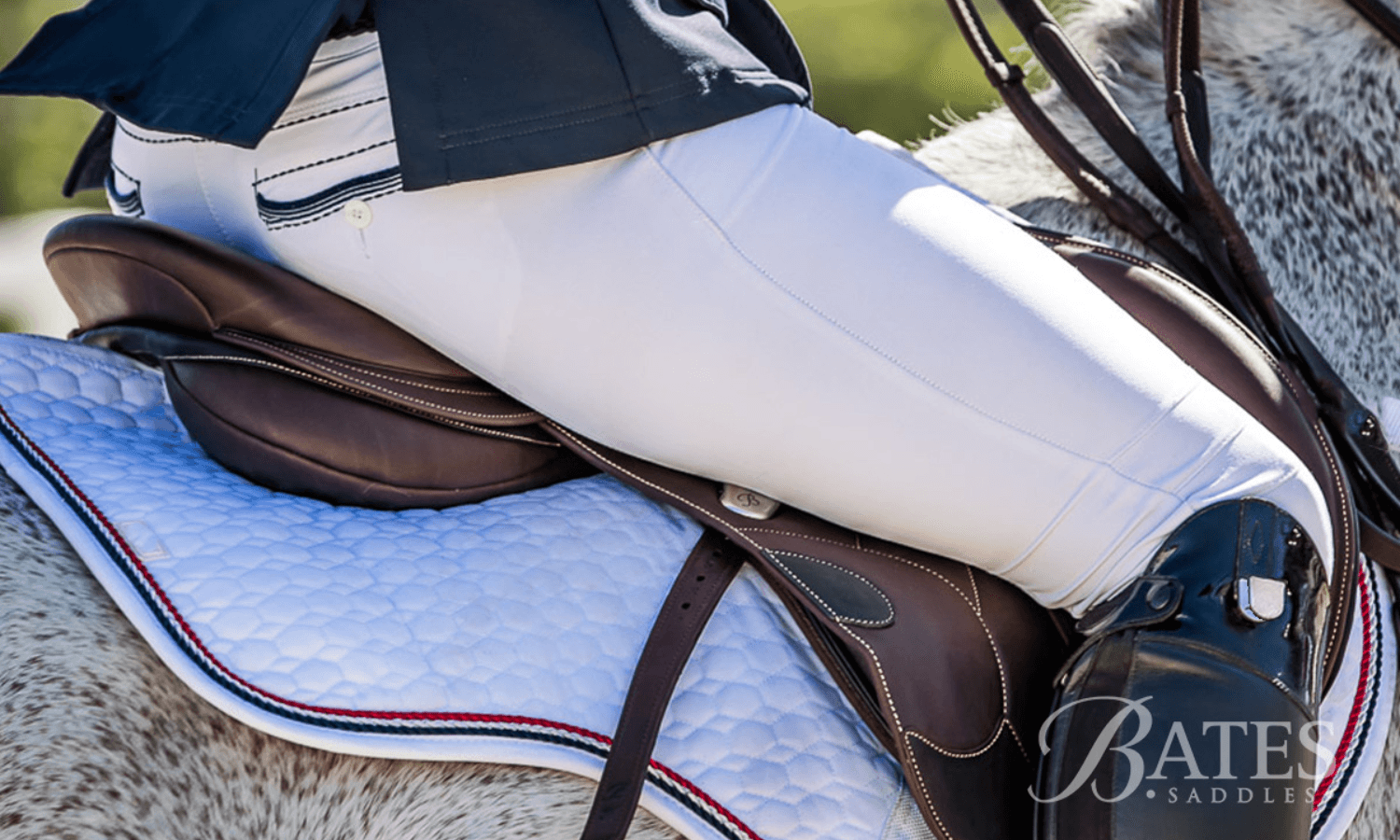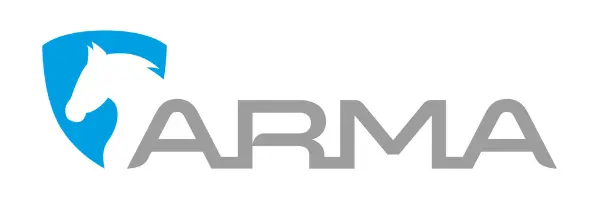Rules
Myler Combination Bit Approved for USEF Eventing Competitions

Following review of the Myler Combination bit, the USEF Eventing Sport Committee, at the recommendation of the Administrative Working Group and Eventing Athletes Working Group, approved a national exemption for the Myler Combination bit. Effective Sept. 1, 2024, the Myler Combination bit will be permitted in the cross-country and show jumping phases of USEF eventing competitions. The inclusion of the Myler Combination bit for national events can be found in the USEF Eventing Annex 1.
Please note the Myler Combination bit is not permitted for FEI competitions.














